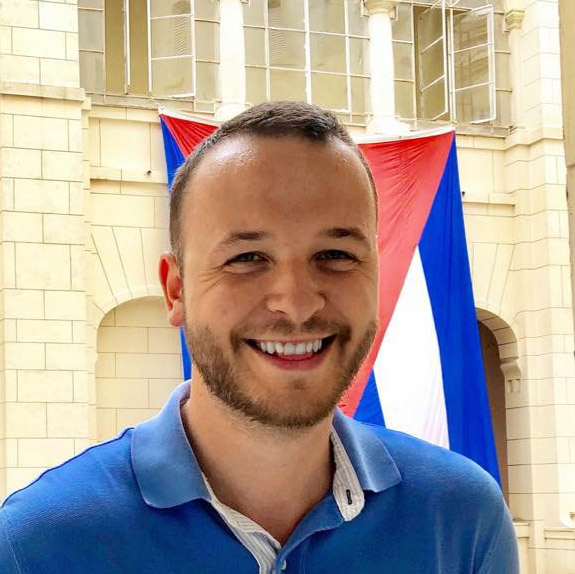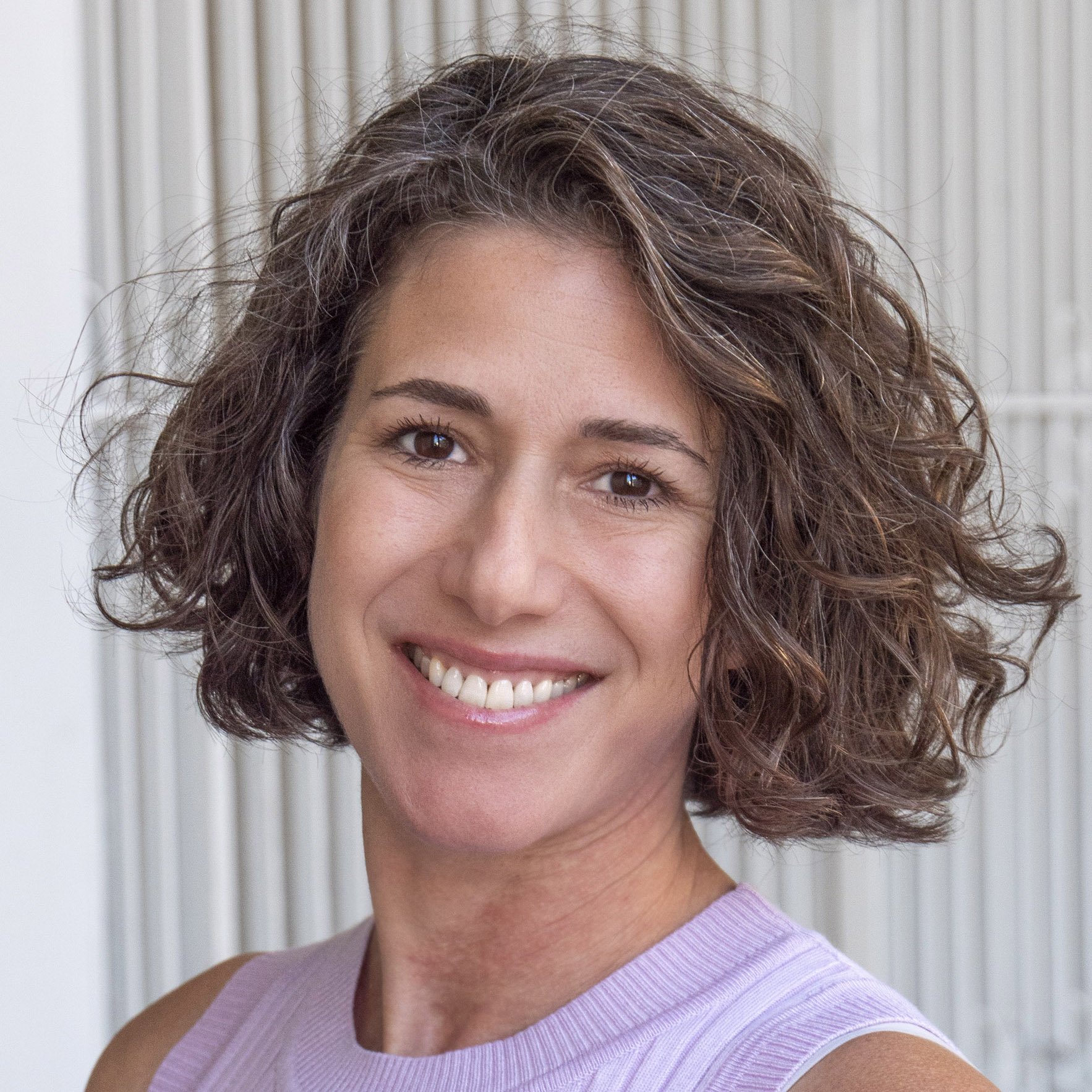Founders are tasked with the juggling act of wearing many, many hats. A founder shifts constantly, switching in what can feel like every minute from running operations to pitching an investor, troubleshooting a customer issue, managing their team… the list goes on, and on and on and on.
I started my first business at 15, a landscaping company, so I could afford to attend the University of Pittsburgh and become a first-generation college student.
Since then, I’ve been fortunate to have spent over a decade in the startup space and work with hundreds of founders across the United States and Europe. And yes, I’ve worn many, many hats from startup employee to co-founder, accelerator director to ecosystem builder, and now as trusted coach.
I wrote this book to share the best practices I’ve learned that have served me and the founders I’ve worked with well.
Finding your why
This book was written to give you a few takeaways regardless of whether you are an aspiring founder, a first-timer, a seasoned entrepreneur, a startup employee or a team member at an entrepreneurship support organization.
One of the key things, no matter what stage you’re at in your founder journey, is to find your “why.” How can you be successful with your goals if you don’t know what they are and what drives you? There is no “hack” here — the only way to dive into what is the “why” that drives you will be deep reflection. To begin dialing this in, journal through starter questions, like:
- Where do I want to be in 5 years?
- Why am I the best person in the world to solve this problem?
- What type of work have I done historically that has filled my bucket?
After that, you’ll need to prioritize. Being productive is about not only getting a lot done, but getting the most important things done. Some of that is about doing real customer discovery. Don’t play yourself! Doing real work here saves you from trouble down the road. Use a structured framework to build a product that solves a real problem your target customer has and will pay for.
You bring the fire, and investors bring the gasoline.
Then you’ll need to build traction, going from some vaguely defined product-market fit to a real strategy, where you can apply marketing and sales experiments to start, build and scale revenue to grow. Start by creating a list of assumptions you’re making about your high-risk venture — and order them by the likelihood that they kill your startup. Then build scrappy experiments to de-risk these assumptions (It’s the scientific method, but applied to startups). What you’re looking for through running these experiments are two things: new insights and revenue.
Investors operate on risk, so they’re looking to understand how you’ve de-risked your venture. I’ve raised more than $26 million in growth financing over the past 5 years, and a de-risked growth strategy has been key in successful investor meetings. You bring the fire, and investors bring the gasoline.
Reflection is a super power
Once you’ve accomplished getting a company off the ground, you’ll need to make a decision about what kind of leader you want to be. There are two kinds of leaders in the startup world — I call them “ceilings” or “multipliers.”
Strong leaders are “multipliers” that bring out the best in their startup team to maximize impact. Weak leaders are “ceilings” that cap their organization’s ability to drive impact. Leadership is a teachable skill and like any new skill, we get better at it with more reps. Invest in developing your leadership as a founder *now* so you can communicate with clarity, delegate to get things done, and give feedback to fine-tune how your business model is run.
And above all, remember to take some time to consider everything that’s happening. If you don’t pause to reflect, document and learn, you will be doomed to unconsciously repeat the same cycle over and over, limiting your success
One thing I’ve decided on reflection? I’ve had countless people bet on me and share their time, expertise and support with me over the years. I want to give back, and this book is one way of doing it. I don’t want to make a single dollar from selling copies.
Visit my website to get a free digital version of the “Many, Many Hats” by making a small donation to The Arc Alliance, a nonprofit doing important work to empower individuals with disabilities throughout life and advocate for their full inclusion in the community.
The book is also free for students. If you are a student, please send an email to max@theceostrategy.com and I will get you your digital copy.
Join the fireside chat to talk in person
I’ll be discussing all of this at InnovatePGH on Wednesday, Oct. 23, at Avenu Meyran, 122 Meyran Ave. Local ecosystem builder Steven Guo will be moderating the chat, followed by an audience Q&A. We will be getting a group together for dinner after the event. All are welcome!
Also, expect an exciting announcement for Pittsburgh founders in 2025. Get your free ticket to attend.
Before you go...
Please consider supporting Technical.ly to keep our independent journalism strong. Unlike most business-focused media outlets, we don’t have a paywall. Instead, we count on your personal and organizational support.
3 ways to support our work:- Contribute to the Journalism Fund. Charitable giving ensures our information remains free and accessible for residents to discover workforce programs and entrepreneurship pathways. This includes philanthropic grants and individual tax-deductible donations from readers like you.
- Use our Preferred Partners. Our directory of vetted providers offers high-quality recommendations for services our readers need, and each referral supports our journalism.
- Use our services. If you need entrepreneurs and tech leaders to buy your services, are seeking technologists to hire or want more professionals to know about your ecosystem, Technical.ly has the biggest and most engaged audience in the mid-Atlantic. We help companies tell their stories and answer big questions to meet and serve our community.
Join our growing Slack community
Join 5,000 tech professionals and entrepreneurs in our community Slack today!

The person charged in the UnitedHealthcare CEO shooting had a ton of tech connections

From rejection to innovation: How I built a tool to beat AI hiring algorithms at their own game

Where are the country’s most vibrant tech and startup communities?




